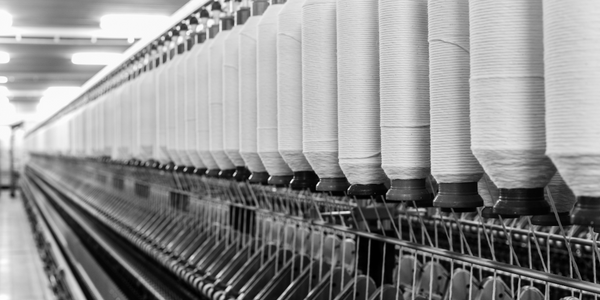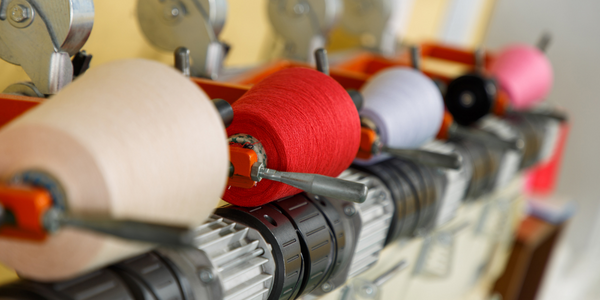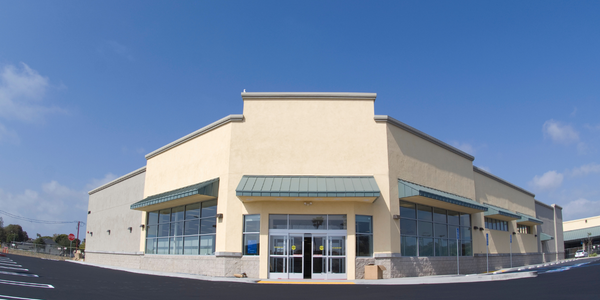公司规模
Large Corporate
地区
- America
国家
- United States
产品
- DISQO
技术栈
- Ad Measurement
- Data Analysis
实施规模
- Enterprise-wide Deployment
影响指标
- Brand Awareness
- Customer Satisfaction
技术
- 分析与建模 - 大数据分析
适用行业
- 服装
适用功能
- 销售与市场营销
服务
- 数据科学服务
关于客户
本案例研究中的客户是一家知名服装品牌。该品牌正在开展一项跨平台社交媒体活动,需要衡量其对消费者态度和行为的影响。由于社交媒体平台的孤立性质以及合并不同数据集的困难,该品牌在传统广告衡量方法方面面临挑战。此外,大多数衡量解决方案只能提供态度指标,无法揭示活动对消费者行为的影响。该品牌需要一个统一的单一来源解决方案,可以准确衡量所有平台上的活动影响,并提供对消费者态度和行为的洞察。
挑战
一家知名服装品牌正在努力衡量其多平台社交媒体活动对消费者态度和行为的影响。由于社交媒体平台的孤立性质以及合并不同数据集的难度,传统的广告衡量方法已被证明不够充分。此外,大多数衡量解决方案只能提供态度指标,无法揭示活动对消费者行为的影响。该品牌需要一个统一的单一来源解决方案,可以准确衡量所有平台上的活动影响,并提供对消费者态度和行为的洞察。
解决方案
该品牌与 DISQO 合作,使用单一数据源和统一方法衡量所有平台上的广告活动效果。DISQO 抽取了在广告活动期间处于社交受众中的专有选择加入受众成员样本,并将接触过该广告活动的受众与镜像匹配的对照组进行比较。然后,该公司调查了对照组和接触组成员的态度意见,并比较了搜索、网站访问和电子商务购物活动等下游行为的提升情况。这种方法提供了广告活动对消费者态度和行为影响的全面视图。
运营影响
数量效益

Case Study missing?
Start adding your own!
Register with your work email and create a new case study profile for your business.
相关案例.

Case Study
Fire Alarm System and Remote Monitoring Sytem
Fire alarm systems are essential in providing an early warning in the event of fire. They help to save lives and protect property whilst also fulfilling the needs of insurance companies and government departments.Fire alarm systems typically consist of several inter-linked components, such as smoke detectors, heat detector, carbon monoxide, manual call points, sounders, alarm and buzzer. The fire alarm system should give immediate information in order to prevent the fire spread and protect live and property.To get maximum protection a shoe manufacturer in Indonesia opted for a new fire alarm system to monitor 13 production sites spread over 160 hectars. Although the company had an existing fire alarm system, it could not be monitored remotely.It was essential that the new system would be able to be monitored from a central control room. It needed to be able to connect to the existing smoke detector and manual call point. Information should be easily collected and passed on to the Supervisory Control and Data Acquisition (SCADA) system. Furthermore, the system should have several features such as alarm management, auto reporting, being connected to many client computers without additional cost, and run 24/7 without fails. The company also needed a system which could be implemented without changing the architecture of the existing fire alarm system.

Case Study
IoT Applications and Upgrades in Textile Plant
At any given time, the textile company’s manufacturing facility has up to 2,000 textile carts in use. These carts are pushed from room to room, carrying materials or semi-finished products. Previously, a paper with a hand-written description was attached to each cart. This traditional method of processing made product tracking extremely difficult. Additionally, making sure that every cart of materials or semi-finished products went to its correct processing work station was also a problem. Therefore, the company desired an intelligent solution for tracking assets at their factories. They also wanted a solution that would help them collect process data so they could improve their manufacturing efficiency.

Case Study
Retailer Uses RFID Scanner to Improve Efficiency
Patrizia Pepe wished to improve the logistics of their warehouse: accepting incoming goods from their production sites, movement of items throughout
the warehouse, and packaging of goods for distribution to the retail locations. They initially tried to use barcodes for this function. Because barcodes must be individually scanned within a line-of-sight, the acceptance of goods coming into the warehouse was too time consuming. Working with the University of Florence, Patrizia Pepe instituted a five-month pilot project beginning in August of 2009 to test the validity of an RFID solution. The pilot involved tagging of about 60,000 items for the second seasonal collection, and convinced the company to move forward with tagging all items.

Case Study
Monitoring and Controlling Automatic Mixing and Dispensing Machines
As technology advances, textile manufacturing has been transformed from a labor-intensive to a partially or fully automated industry. Automation is significant in all segments of textile production - from spinning to printing, and textile machinery manufacturers are constantly searching for new technologies and automation processes will increase the productivity of their machines. The color paste mixing and dispensing machine is an essential part of the printing and dyeing process. With the advantage of automatically computerized controls and database management, the system can significantly improve its dispensing precision, working efficiency and production quality as well as reducing material consumption.









